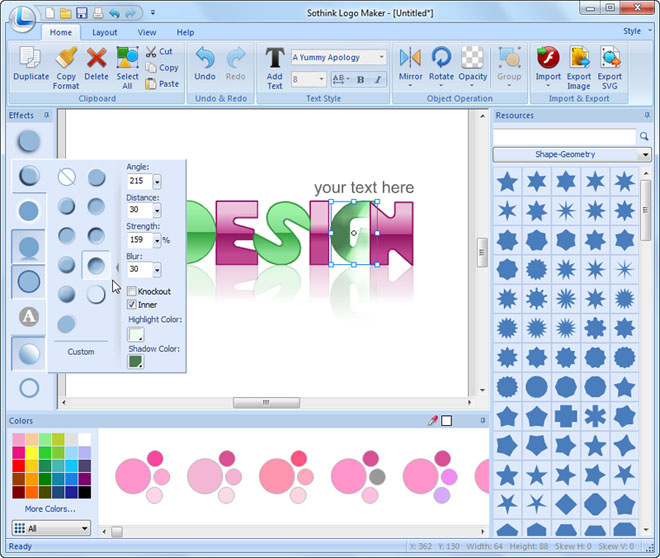
Welcome to the unveiling of the secrets of success in creating incredible e-commerce business logos.
In this article, we will dive into the top 10 essential elements that will elevate your brand in the digital landscape.
From the power of simplicity and understanding color psychology to typography and creating a memorable icon, we will guide you through the key factors that make a logo truly remarkable.
Join us on this journey to unlock the potential of your e-commerce business logo and captivate your audience.
The Power of Simplicity
The power of simplicity cannot be underestimated in the creation of an incredible e-commerce business logo. A logo serves as the face of a brand, and it is crucial for it to convey the brand's message effectively.
One way to achieve this is through the role of storytelling. By using a simple and minimalistic design, a logo can tell a compelling story that resonates with the audience.
The impact of minimalism lies in its ability to communicate a clear and concise message, allowing the audience to easily understand and connect with the brand. Minimalistic logos are not only visually appealing but also memorable, making them more likely to leave a lasting impression on potential customers.

In this fast-paced digital world, simplicity is key to capturing the attention and loyalty of consumers seeking freedom from clutter and complexity.
Understanding Color Psychology
Numerous studies have shown that selecting the right colors for an e-commerce business logo can significantly impact consumer perception and behavior. The emotional impact of colors is a powerful tool that businesses can utilize to create a strong brand identity and connect with their target audience.
Colors evoke different emotions and associations, and these can vary depending on cultural influences. For example, red is often associated with passion and excitement in Western cultures, while in Asian cultures, it symbolizes luck and prosperity. Blue, on the other hand, is often associated with trust and reliability in many cultures.
Understanding the cultural influences on color psychology is essential for businesses to ensure that their logo colors resonate with their target market and effectively communicate their brand values. By harnessing the power of color psychology, businesses can create logos that leave a lasting impression and drive consumer engagement.
Typography: Choosing the Right Fonts
When designing an e-commerce business logo, it is crucial to carefully consider the typography and select the appropriate fonts. The right fonts can evoke certain emotions, convey the brand's personality, and enhance the overall visual appeal of the logo.
To achieve a harmonious and impactful design, font pairing is essential. Finding the perfect combination of fonts is like finding the perfect dance partner – they should complement each other while maintaining their individuality.
In today's typography trends, designers are exploring new font styles that push the boundaries and break the traditional mold. From bold and modern sans-serif fonts to elegant and sophisticated serif fonts, the options are endless.

Creating a Memorable Icon or Symbol
To create a memorable icon or symbol, designers must carefully consider the visual elements that will resonate with their target audience and effectively represent their brand. Symbolic representation is a key aspect of logo design principles, as it allows for a deeper connection between the logo and the brand it represents.
An icon or symbol should be simple yet impactful, capable of conveying the essence of the brand in a single image. It should be visually appealing and instantly recognizable, leaving a lasting impression on the audience's mind.
The use of color, shape, and negative space can contribute to the overall effectiveness of the symbol. By creating a memorable icon or symbol, designers can ensure that their brand stands out and remains in the hearts and minds of their customers.
Balancing Negative Space
One crucial aspect of logo design is achieving a harmonious balance of negative space, which plays a vital role in creating a visually appealing and impactful logo.
Negative space utilization refers to the strategic use of empty space within a logo design to create a sense of harmony and balance.
Balancing design elements is essential to ensure that the logo is not overcrowded or overwhelming to the viewer.
When negative space is effectively utilized, it allows the logo to breathe and creates a sense of clarity and simplicity.
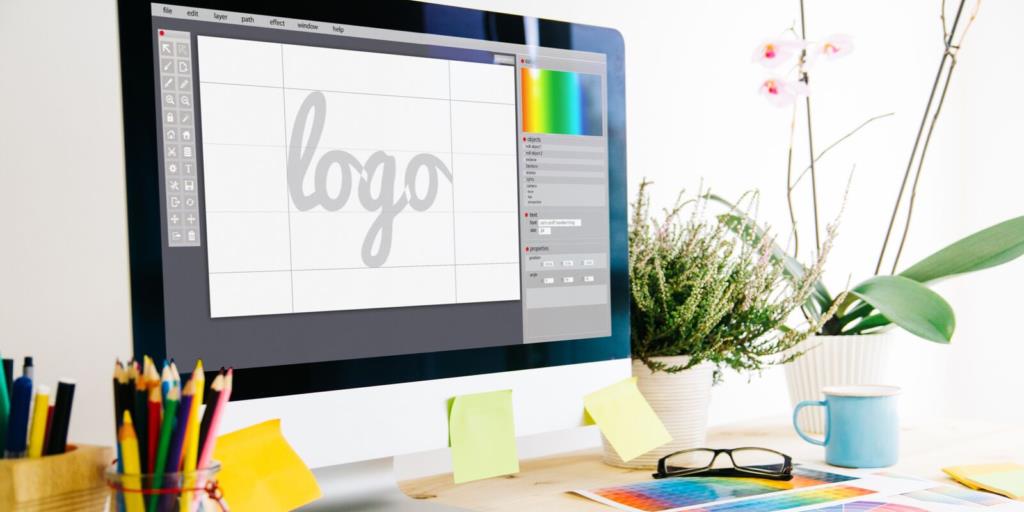
This can help the audience to focus on the main elements of the logo and enhance its overall impact.
Incorporating visual metaphors adds depth and meaning to e-commerce business logos, allowing them to communicate a powerful message to their target audience. Symbolic representations have the ability to evoke emotions and create a connection between the brand and its customers.
By using visual storytelling, logos can tell a story that resonates with the audience and leaves a lasting impression. Visual metaphors can be used to represent the values, mission, or unique selling points of a business, making the logo more memorable and impactful.
For example, a company selling eco-friendly products could use a leaf symbol to convey sustainability and environmental consciousness. By incorporating visual metaphors, e-commerce business logos can transcend mere aesthetics and become a powerful tool for brand communication and recognition.
Scalability and Adaptability
With the rapid advancements in technology and the ever-changing nature of the digital landscape, ensuring the scalability and adaptability of e-commerce business logos is crucial for long-term success. As businesses grow and evolve, they face scalability challenges that can hinder their ability to effectively represent their brand. To overcome these challenges, companies must implement adaptability strategies that allow their logos to seamlessly adapt to different platforms, devices, and formats.
Here are two key strategies to achieve scalability and adaptability:
Responsive Design: Creating a logo that can be easily resized and adjusted to fit various screen sizes and resolutions is essential. This ensures that the logo maintains its visual impact and legibility across different devices, whether it's a desktop computer, tablet, or smartphone.

Versatility: A versatile logo design allows for easy modifications and adaptations without losing its core identity. This could include variations in color, typography, or layout, enabling the logo to be used in different contexts and environments.
Consistency across platforms is crucial for e-commerce businesses to establish brand recognition and trust. When customers see a logo that remains consistent across different platforms, they are more likely to recognize and remember the brand, leading to increased trust and loyalty.
Additionally, maintaining a seamless user experience across platforms ensures that customers can easily navigate and interact with the brand, further enhancing their overall satisfaction.
Brand Recognition and Trust
To establish a strong brand recognition and trust among consumers, it is imperative for e-commerce businesses to ensure a cohesive and unified presence across all platforms. Consistency in brand identity and messaging is essential to create a lasting impression and build customer loyalty. Here are two key elements to consider:
Visual Consistency:
Use the same logo, colors, and typography across all platforms to create a recognizable and memorable brand identity.
Ensure that images, graphics, and design elements are consistent, reflecting the brand's values and personality.
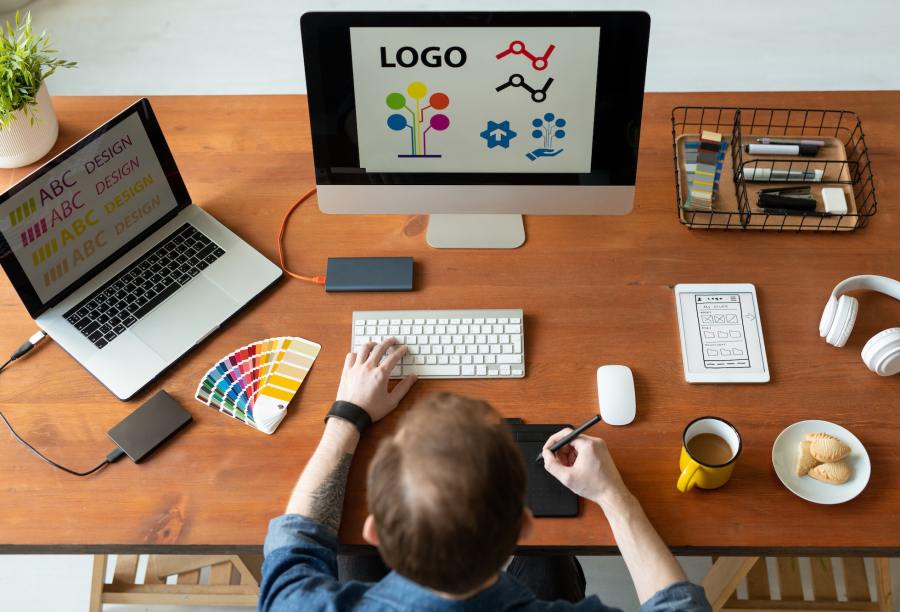
Messaging Consistency:
Maintain a consistent tone of voice and messaging style across all communication channels.
Align the brand's message with its values and mission, reinforcing trust and credibility.
Seamless User Experience
One crucial aspect that cannot be overlooked in creating a seamless user experience for e-commerce businesses is ensuring consistent performance across all platforms. With the rise of mobile shopping and the increasing use of multiple devices, it is imperative that customers have a smooth and consistent experience, regardless of the platform they choose to engage with.
Enhancing customer satisfaction is at the core of a successful e-commerce business, and a seamless user experience plays a significant role in achieving this. By optimizing website navigation and ensuring that all features and functionalities are consistent across platforms, businesses can provide their customers with a hassle-free shopping experience.
This not only improves customer satisfaction but also increases the likelihood of repeat purchases, thus driving business growth.
Researching the Competition
In order to create an incredible e-commerce business logo, it is crucial to understand and analyze the competition.

By identifying key competitors and researching market trends, businesses can gain valuable insights into what works and what doesn't in their industry.
This knowledge can help them differentiate themselves and create a logo that stands out from the competition, ultimately leading to greater success in the e-commerce marketplace.
Identifying Key Competitors
Our first step in identifying key competitors and researching the competition is to conduct thorough market research. This involves researching the market to understand the current trends, customer preferences, and the overall landscape of the industry. Once we have a clear understanding of the market, we can move on to analyzing competitors.
Here are two sub-lists that will help us in this process:
- Researching Market:
- Identifying target audience and their needs
- Analyzing market trends and demands
- Analyzing Competitors:
- Identifying direct and indirect competitors
- Evaluating their strengths and weaknesses
By conducting market research, we gain valuable insights into the market and its potential opportunities. Analyzing competitors allows us to understand their strategies, pricing, and positioning, helping us to differentiate ourselves and create a competitive advantage.
It is essential to stay updated and adapt to the changing market dynamics to stay ahead of the competition.
Analyzing Market Trends
To effectively analyze market trends and research the competition, it is important to gather comprehensive data and insights into the current state of the industry. This process involves analyzing consumer behavior and predicting market demand. By understanding what drives consumers to make purchasing decisions and staying up-to-date with market trends, businesses can position themselves strategically to meet customer needs and outperform their competitors.

Analyzing consumer behavior involves studying their preferences, motivations, and purchasing patterns. This can be done through surveys, focus groups, and analyzing online data.
Predicting market demand requires examining factors such as economic conditions, technological advancements, and social trends.
Testing and Iterating for Perfection
How can e-commerce businesses effectively test and iterate their logo designs to achieve perfection?
Testing and iterating logo designs is crucial for e-commerce businesses to ensure their brand image resonates with their target audience. Here are some strategies to help businesses achieve logo perfection:
A/B Testing: Create multiple versions of the logo and test them against each other to see which one performs better.
Focus Groups: Gather a diverse group of individuals and gather their feedback on different logo designs.
Customer Feedback: Collect feedback from customers through surveys or social media to understand their preferences and make necessary improvements.
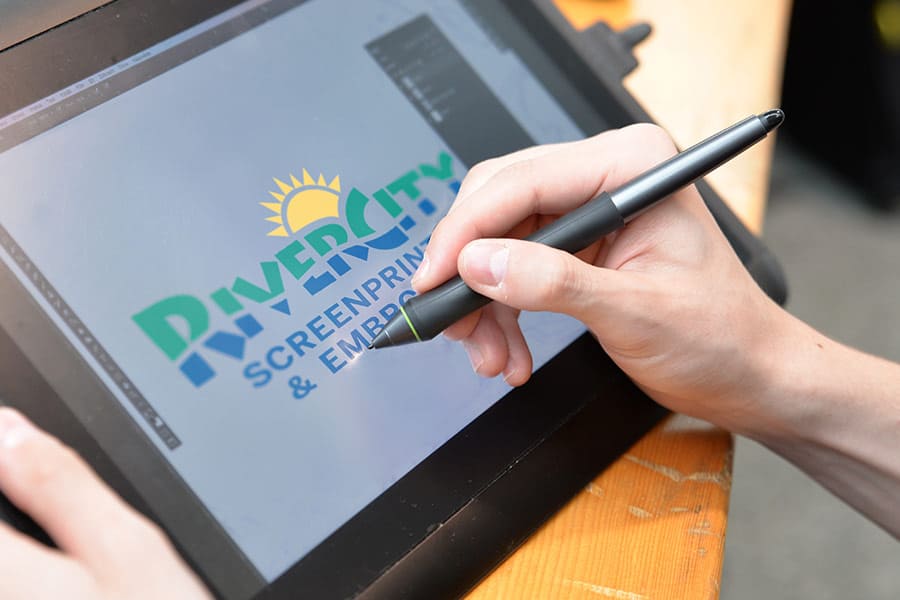
Usability Testing: Conduct usability tests to assess how easy it is for customers to recognize and understand the logo.
Iterative Design Process: Continuously refine and improve the logo based on feedback and data collected.
Frequently Asked Questions
Effective incorporation of visual metaphors in e-commerce business logos involves choosing appropriate symbols that convey the desired message. By thoughtfully selecting and integrating visual elements, a logo can create a strong and lasting impression on customers, enhancing brand recognition and success.
What Are Some Strategies for Testing and Iterating My Logo Design for Perfection?
When it comes to logo design, testing strategies and an iterative process are crucial for achieving perfection. By continuously evaluating and refining your design, you can ensure that it effectively represents your e-commerce business and resonates with your target audience.
Ensuring consistency across different platforms for an e-commerce business logo can present challenges. Multi-platform branding requires careful attention to design elements, color schemes, and typography to maintain a cohesive and recognizable brand image.
What Are Some Tips for Researching and Analyzing the Competition When Designing a Logo for My E-Commerce Business?
When designing a logo for your e-commerce business, it is essential to research and analyze the competition. By understanding what others are doing, you can create a unique and impactful logo that sets you apart.
How Important Is Scalability and Adaptability in the Design of an E-Commerce Business Logo?
Scalability and adaptability are key factors for a successful e-commerce business logo design. They ensure that the logo can be easily resized and adapted for various platforms. Additionally, color psychology plays a crucial role in evoking emotions and attracting customers.
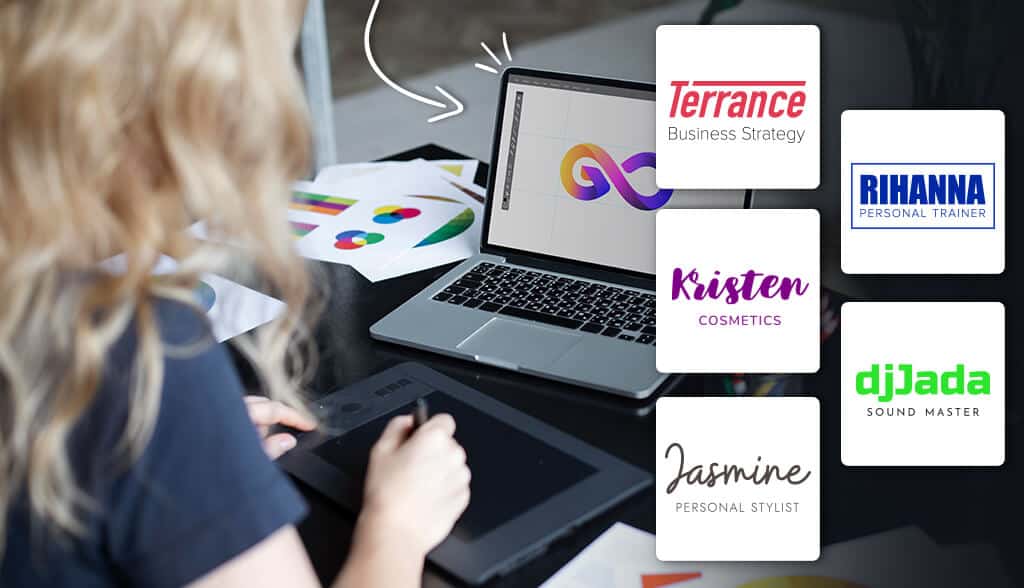
 Digital Art InstructionDIY Infographics DesignMobile Game ArtworkPersonalized Logo Design3D AnimationeBook Covers DesignPrivacy PolicyTerms And Conditions
Digital Art InstructionDIY Infographics DesignMobile Game ArtworkPersonalized Logo Design3D AnimationeBook Covers DesignPrivacy PolicyTerms And Conditions
